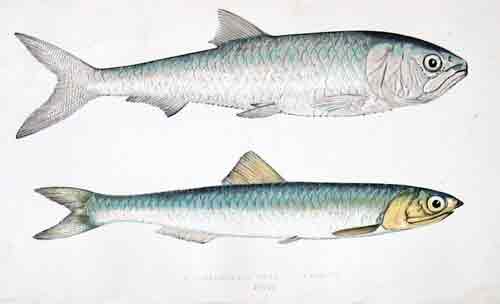Sometimes knowing so much English can be a disadvantage if you do not know what certain things are called in Cebuano. Take the fish anchovy. Do you know that it is the same fish as our "bulinao"? And when translate that to what that means to our access of naturally available nutrients, such as omega-3 fatty acids, you will realize that we can miss a lot simply from translation.
LIKE any average Cebuano, I could say that my knowledge of Omega-3 fatty acids reaches only as far as knowing that these renowned food supplements can be found in oil-rich, large fishes, the likes of whales and sharks. That makes me think of Omega-3 with certain surrealism. The sources are so far off in the aquatic horizon to be reachable by ordinary fish-eaters like you and me, or at least a few like us.
But finding a study conducted by Dariush Mozaffariah and Eric Rimm published in the Journal of the American Medical Association (2006) changed all that.
For one, large fishes do not have the highest Omega-3 level of all. They have moderately high contents; but not the highest. Sharks may have 689 mg of Omega-3; but as minute as the species of anchovy (in Cebuano, bulinaw), sharks cannot match its... [READ MORE]
This article appears in SunStar Cebu newspaper on 2 May 2012.

Comments
Post a Comment